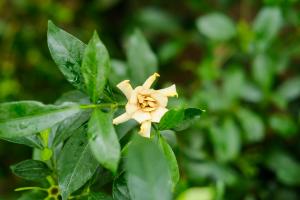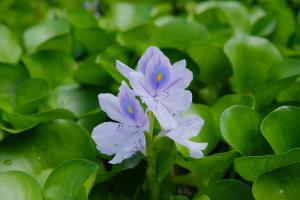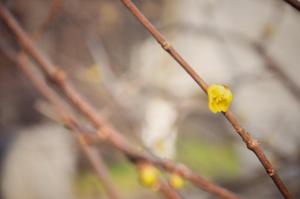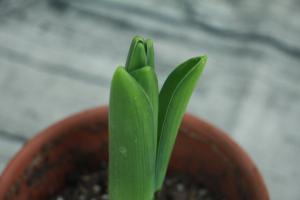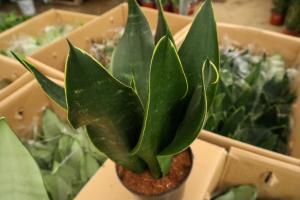1、 Curing method
1. Substrate selection: do not use alkaline or heavy cohesive soil for breeding strawberry Chlorophytum. It is suitable for growing in loose soil with good aeration, which is conducive to root growth
2. Temperature management: the most suitable growth temperature is about 15-28 ℃, especially at noon in summer. A little water spraying is needed to effectively reduce the temperature
3. Water management: Strawberry Chlorophytum is suitable for growing in a humid environment, but it can not accumulate water, let alone drought. It is the best suitable water
4. Nutrient management: topdressing 1-2 times in the early spring growth period, so as to have enough nutrients to grow new branches and leaves. Before the flowering period, it is mainly phosphorus and potassium, which can be applied 1-2 times, which can promote it to blossom and bear fruit, but it is not suitable to apply too much topdressing
2、 Breeding skills
1. Sowing: cut off the young plants on the mother plant of strawberry Chlorophytum and plant them in a potted vessel prepared in advance. Just cover it with a layer of fine soil, add rich organic fertilizer, then pour enough water and put it in a cool and ventilated place. When the water is fully absorbed, the plant adapts to the environment and is placed in a sunny environment to promote sunlight absorption
2. Ramet: the operation of ramet propagation is relatively simple. First put the cut plants in a dry place for 2 hours, and then move them into the basin. Pay attention to take protective measures during cutting to avoid improper operation and injury to yourself
3、 Problem diagnosis and treatment
1. Rotten roots: keep the pot soil slightly wet at ordinary times. Avoid being too dry or too wet. Too dry leaves are easy to scorch, and too wet is easy to cause rotten roots. Rotten roots should be taken out in time and the rotten positions should be cut off
2. Insect pests: its fruit is easy to be eaten by insects and birds. Try to put it in a pot in the house to avoid the erosion of insects and birds
4、 Other issues
1. Whether it is poisonous: Strawberry Chlorophytum is a non-toxic ornamental plant, which is suitable for potting at home, and the fruit can also be eaten
2. When to bloom: Strawberry Chlorophytum usually begins to grow new leaves in early spring, and then begins to produce small white flowers. The fruit will mature in May

 jackfruit
jackfruit snake plant
snake plant hibiscus
hibiscus hydrangea
hydrangea lavender
lavender Green roses climb al...
Green roses climb al... If you don't pay att...
If you don't pay att... Management of four g...
Management of four g...